Classification
Domain: Eukarya
Eukaryotic organisms are characterized by having cells that
contain a
membrane-bound nucleus and organelles.


Check out these websites to look at some different eukaryotic
organisms:
Atlantic Spotted Dolphin,
Narium oleander,
and the
White Willow
Kingdom: Animalia
Every organism in the family Animalia is heterotrophic, lacks
cell walls, is multicellular, and has a motile phase at some point
in its life cycle.
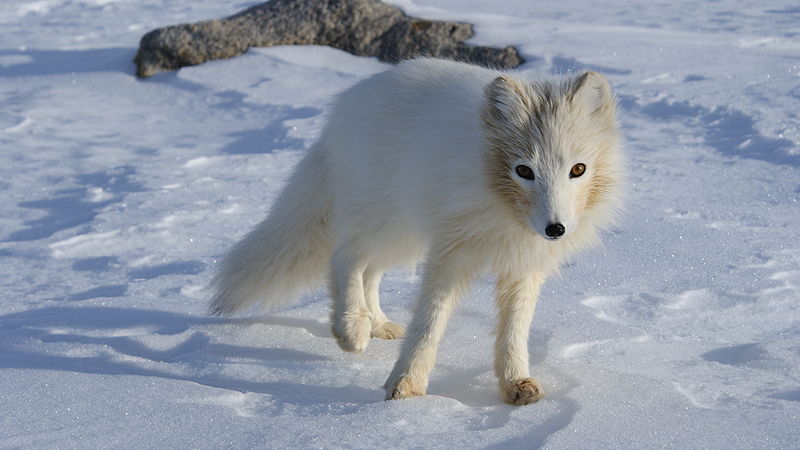

Take a look at these other organisms who are in
the kingdom Animalia:
Arctic Fox,
Pig,
Domestic Goat, and the
Tiger Flat Worm
Phylum: Arthropoda
The Arthropods all have segmented bodies with distinct regions
called tagmata, have paired and jointed appendages, and grow via molting.
They also have a true digestive system and a chitinous exoskeleton.
Members of Arthropoda are triploblastic and coelomates.
Check out some other members of Arthropoda:
Common Green Bottle Fly and the
Asian Ant
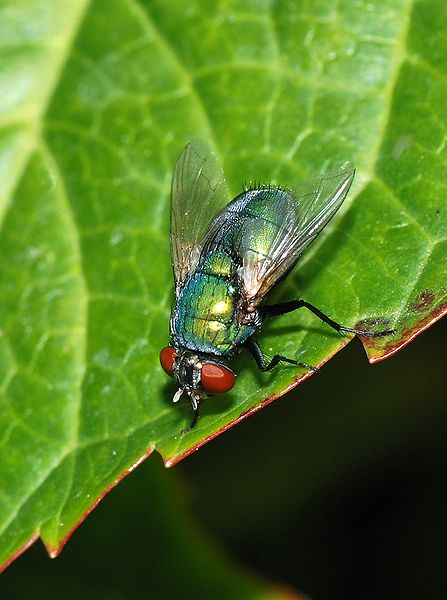
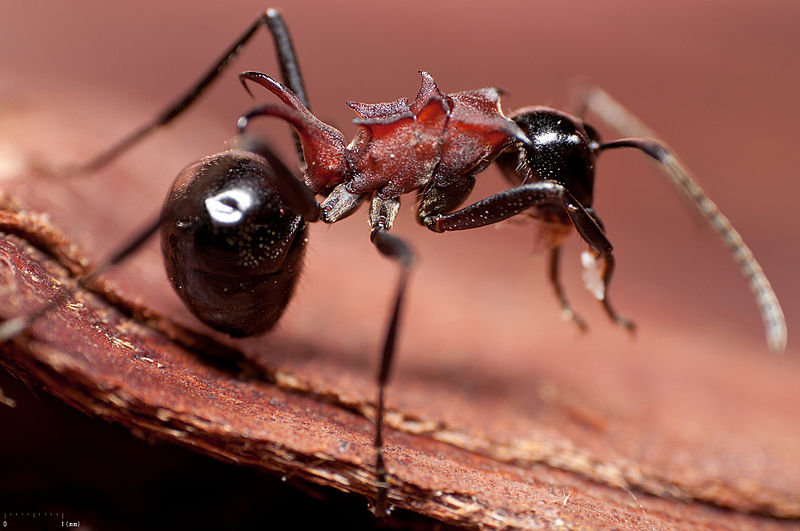
Class: Arachnida
Some characteristics that make up the arachnids are having a
body that is composed of two tagmata, four pairs of legs, and no
antennae.
Take a look at another member of Arachnida:
Giant Red Velvet Mite
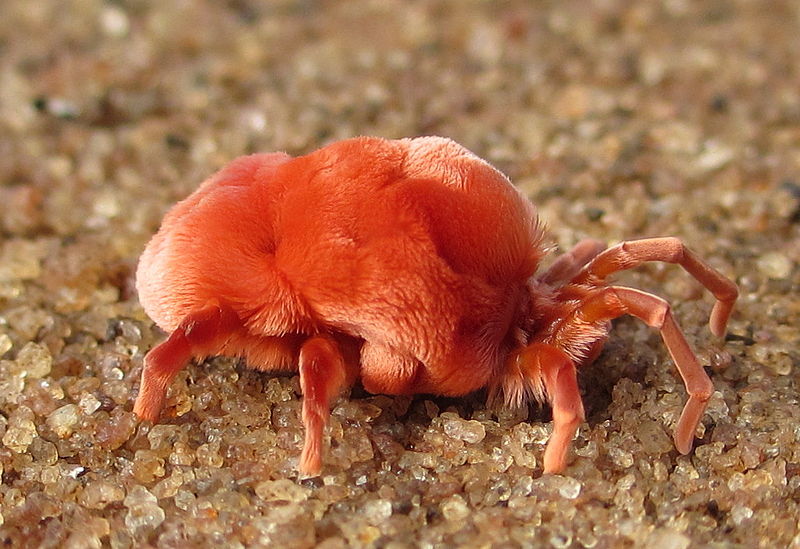
Order: Araneae
These are the “true spiders.” All members of the order are
able to produce silk by using glands in the abdomen region and they also
have 1 or 2 pairs of book-lungs.
Check out some other poisonous spiders:
Brazilian Wandering Spider and
Brown Recluse Spider
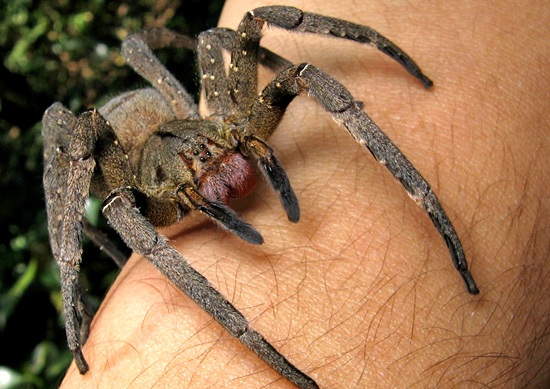
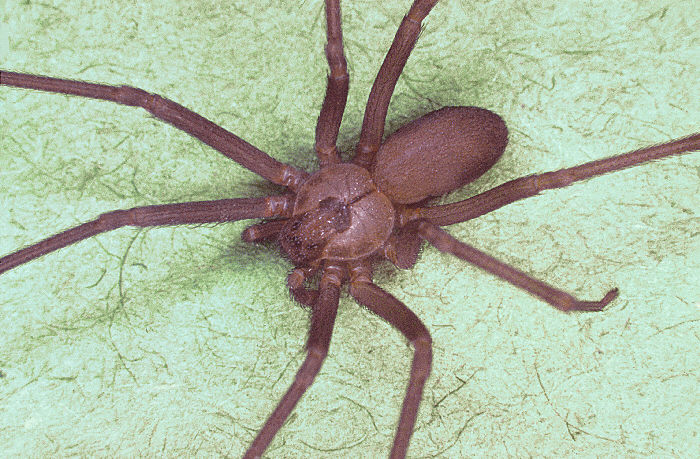
Family: Agelenidae
This family includes all the spiders who are “funnel weavers,” which means
their webs are funnel-like in shape.
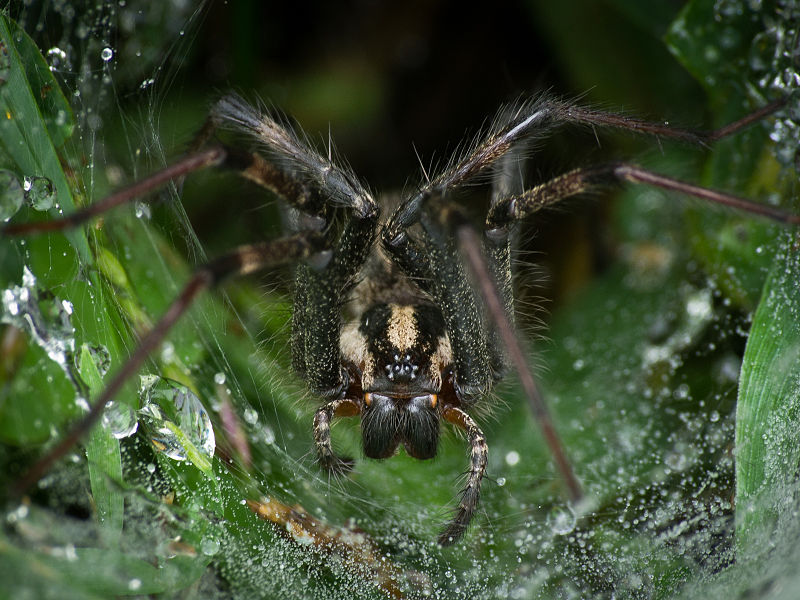
Genus: Tegenaria
Theses are the house spiders and they are usually slow
moving and brownish in color.
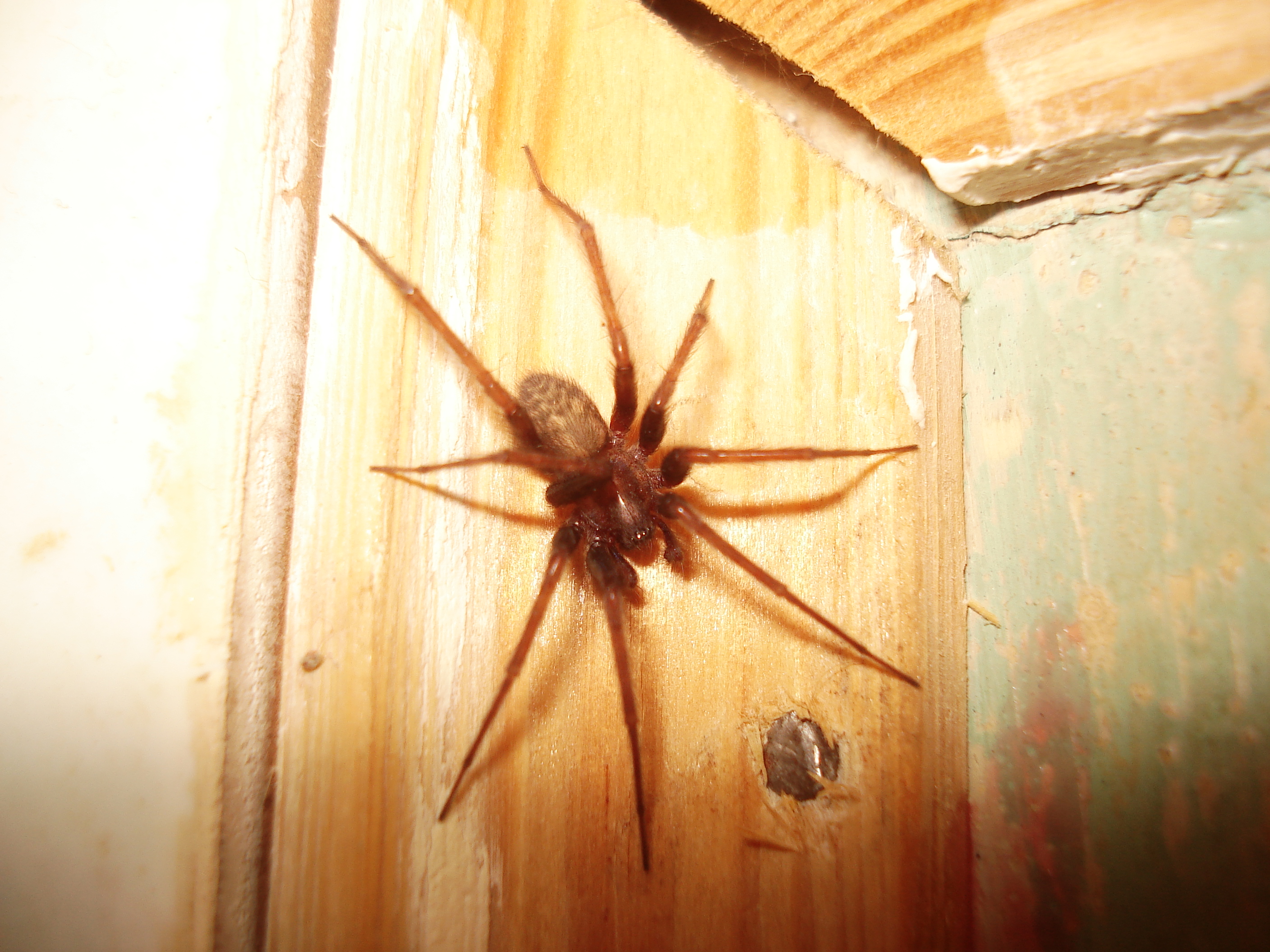
Species: Tegenaria agrestis
Tegenaria agrestis simply means the field or agricultural
spider that is a funnel web weaver. The common name hobo
spider was coined because it is believed that the spider was spread
to different cities through railways.
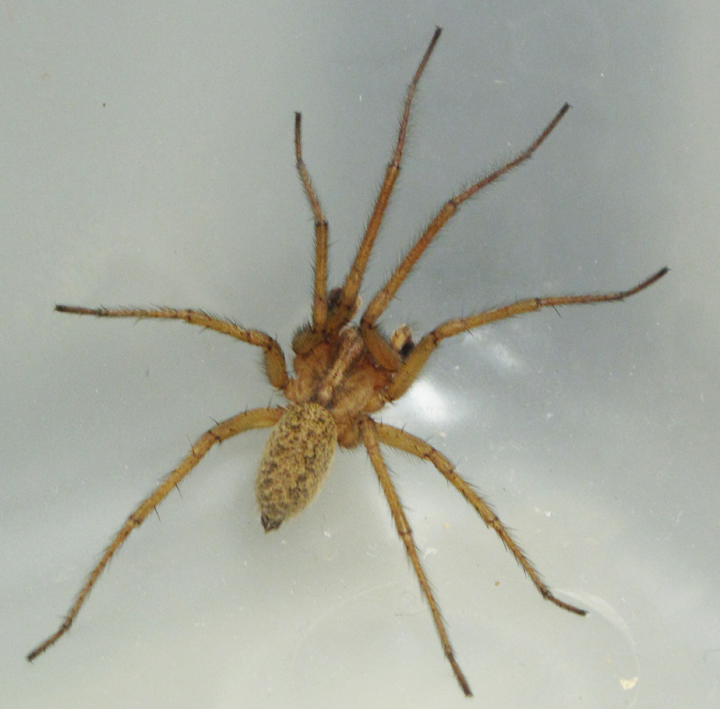
Phylogenetic Trees:

This tree shows how Tegenaria agrestis is separated from
other organisms based on domain, supergroup, kingdom, and phylum.
These different groups are determined by molecular and morphological
characteristics.
I have explained at the beginning of this page how the hobo spider
fits into each of these categories, but I didn’t talk about supergroup. A supergroup is a classification that falls in
between domain and kingdom. As you can see from the tree, the
hobo is part of the opisthokonta. All of the organisms who
fall into this group have a flat cristae in their mitochondria.

This tree picks up where the last phylogenetic tree
left off. It starts with phylum and goes all the way to
species. I have given some examples of other spiders so that
you can compare them with Tegenaria agrestis. The giant house
spider, the southern black widow, and the brown recluse spider are
all in the class Araneae. They start to get separated once
they are in their families though. The southern black
widow is classified differently than the hobo spider because it
is a cobweb spider and not a funnel-weaver. The brown
recluse spider is separated because it is part of the recluse
spiders. This family of spiders has been known to not
form colonies and be on their own. The hobo spider bite is
often mistaken for the brown recluse spider bite, and the giant
house spider is one of the hobo spider’s closest relatives.
One difference that it has from Tegenaria agrestis is that its bite
doesn’t have any known affects on humans.
Click
here to find out how other spiders and bugs are classified.
